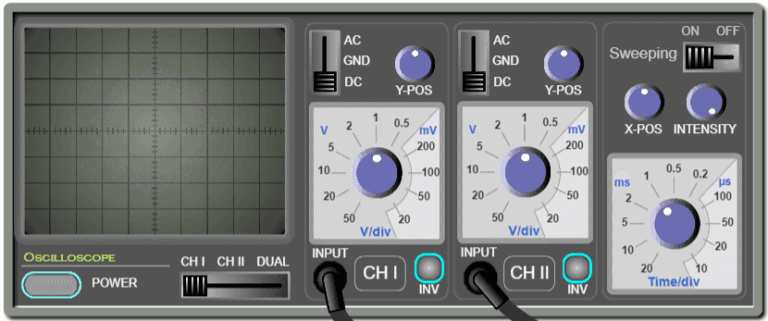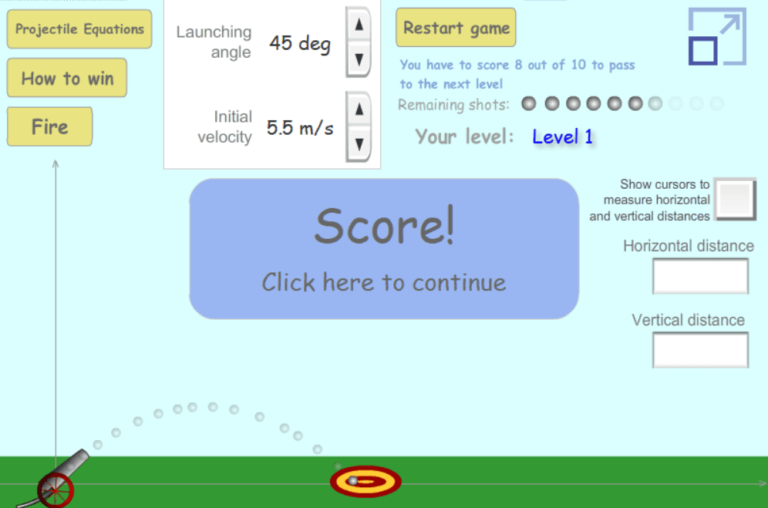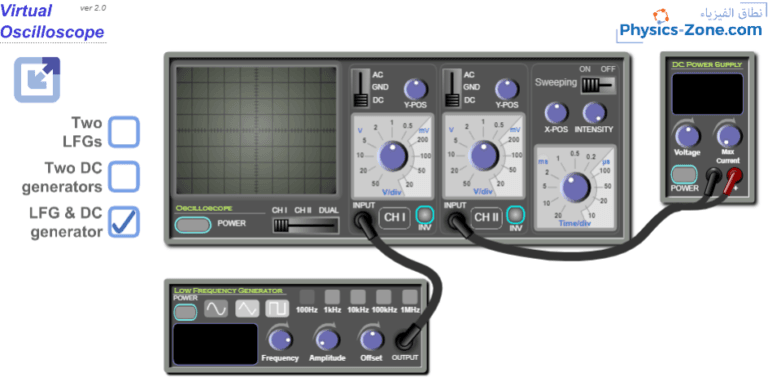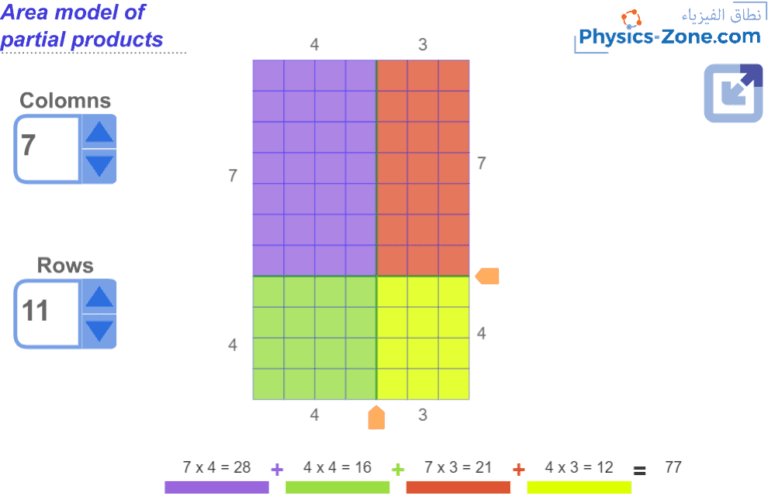Course: Crafting Effective Learning Objectives
I created this course and published it on my Moodle platform. Each module is a SCORM package, with a course evaluation survey at the end and an unofficial completion certificate as a template that can be costumed to the specifications of your organization. The course is tracked, and you must successfully complete each chapter to unlock the next one. The course is fully learner-centered.








